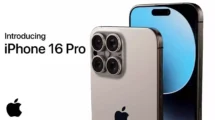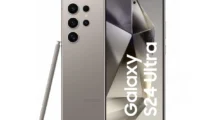In a major reshuffle to tackle the security of computer networks, President Barack Obama during recent ‘Safer Internet Day’ unveiled new cybersecurity national action plan amounting to $19 billion, which calls for an immediate overhaul of aging government networks. Moreover, Obama also set up a high-level commission to boost security awareness.
Responding to a series of data breaches and cyber-attacks on government and private networks in recent years, the $19 billion plan is a significant 35 percent increase from the current levels out of which $3 billion has been specially allotted to perform patchwork of computer systems used by government agencies.
It includes installation of latest operating systems, anti-virus software, and related updated including employee training.
Issuing an executive order of the creation of a 12-member cybersecurity commission, the panel has been given a deadline of December 1 to submit its report. Hence, it is unlikely that Obama will be able to read the story since he his office term ends in November 2016.
Responding to an interview published in the Wall Street Journal, Obama revealed that too often government IT is like an Atari game in a Xbox world. He further states that the social security administration makes use of systems and code from the 1960s, and the latest operating systems and software are incompatible with those systems.
Drafted to address both short-term and long-term threats, Obama clarified that his cybersecurity plan provides every American a basic level of online security. Moreover, government agencies should be supplied with the required tools to not only increase protection of vital information but also easier for them to update in future.
With the recent leak of FBI employees and that of over 20 million federal employees in 2015, combating cyber security is of utmost importance to America’s economic and national security, adds Obama.
Moreover, the US government is also concerned about the growing cyber-attacks on health care networks, retailers particularly that of the devastating cyber-attack on Sony Pictures.
A White House spokesperson, who refused to be identified, revealed that the new cyber security plan calls for not just password protection but an extra layer of security such as multi-factor PIN authentication or biometric identification.
With adequate identity proofing and strong multi-factor authentication methods, the White House will completely overhaul the security for its transactions, he adds.
In association with Google, Facebook, Dropbox, and Microsoft, President Obama is all set to launch a national cyber security awareness campaign with active participation from MasterCard, Visa, and PayPal.
Meanwhile, James Clapper, US intelligence chief slammed connected devices and gadgets which employ artificial intelligence since they are prone to hacking due to several loopholes.
However, Clapper also revealed that US intelligence services might use the IoT for identification, surveillance, monitoring, location tracking, and targeting for recruitment shortly.
While explicitly naming Russia, China, Iran and North Korea as “leading threat actors” which pose risks to US security, Clapper said that AI systems are vulnerable to a series of such deceptive tactics that might be difficult to anticipate.





